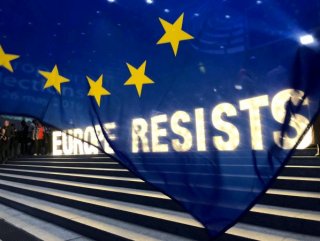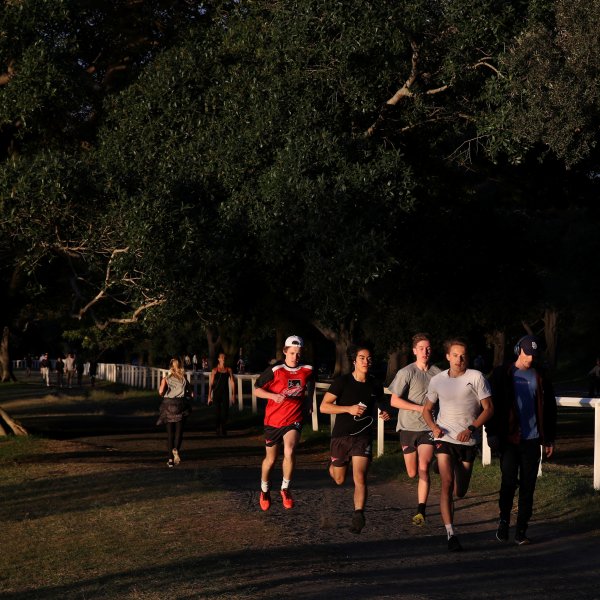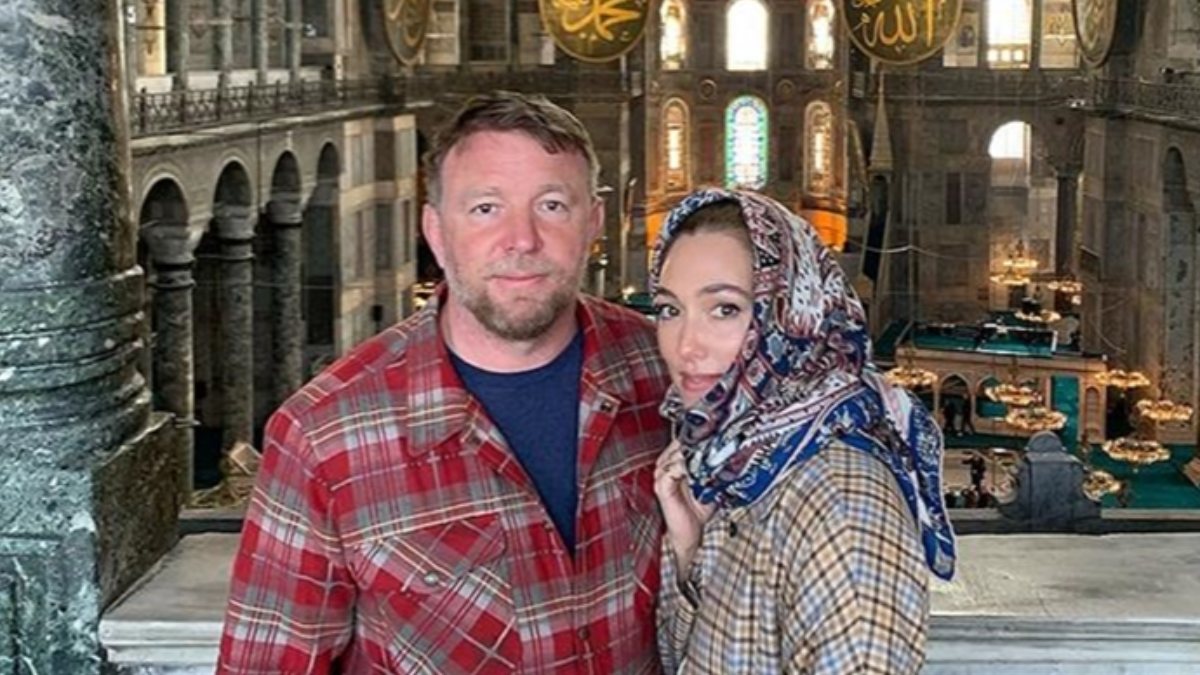
Pro-EU European People’s Party (EPP) — which had 216 seats before the elections — led the elections with 173 seat in the 751-seat EP while Social Democrats (S&D) gained 147 seats with 40 seats down from the previous elections in 2014.
Alliance of Liberals and Democrats for Europe (ALDE) have won 102 seats, European Greens/European Free Alliance (EFA) 71, European Conservatives and Reformists (ECR) 58, Europe of Nations and Freedom (ENF) 57, European Freedoms and Direct Democracy (EFDD) 56, European United Left–Nordic Green Left (GUE-NGL) 42 so far.
ABOUT 400 MILLION VOTES ARE ELIGIBLE TO CAST BALLOTS
The remaining 45 PM were elected from independents and other candidates.
Far-right parties are represented by three political alliances — European Conservatives and Reformists (ECR), Europe of Nations and Freedom (ENF) and European Freedoms and Direct Democracy (EFDD) — who tries to gather under the single group.

The turnout for the European Parliament election across the Europe is 51%, while it was 42,6% in 2014.
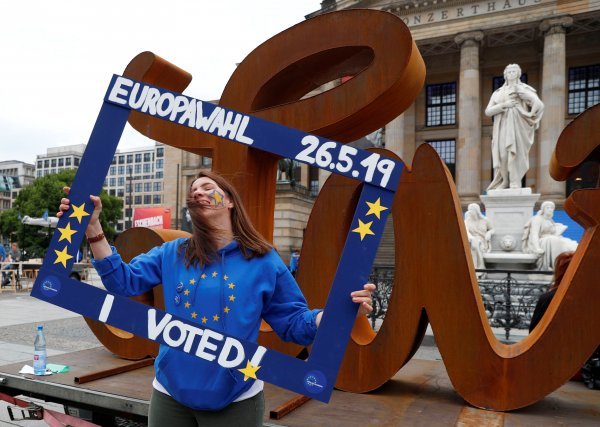
This year’s competition was between eight different groups within the parliament where a total of 28 countries of the European Union hit the ballot boxes to vote for the European Parliament (EP) elections on May, 23-26.
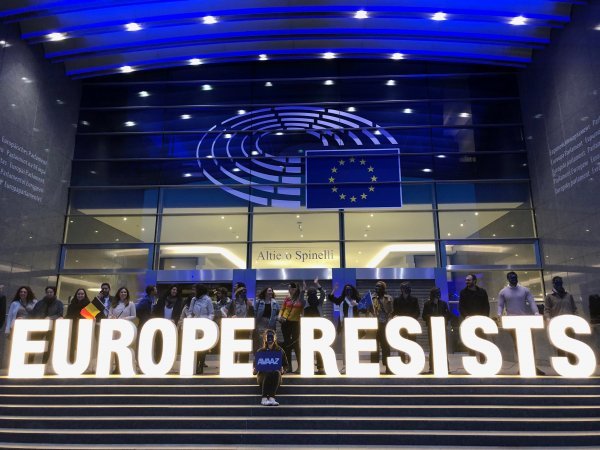
The EP elections are held every five years, and along with the European Union Council, EP confirms and approves the union’s laws and budget respectively.

